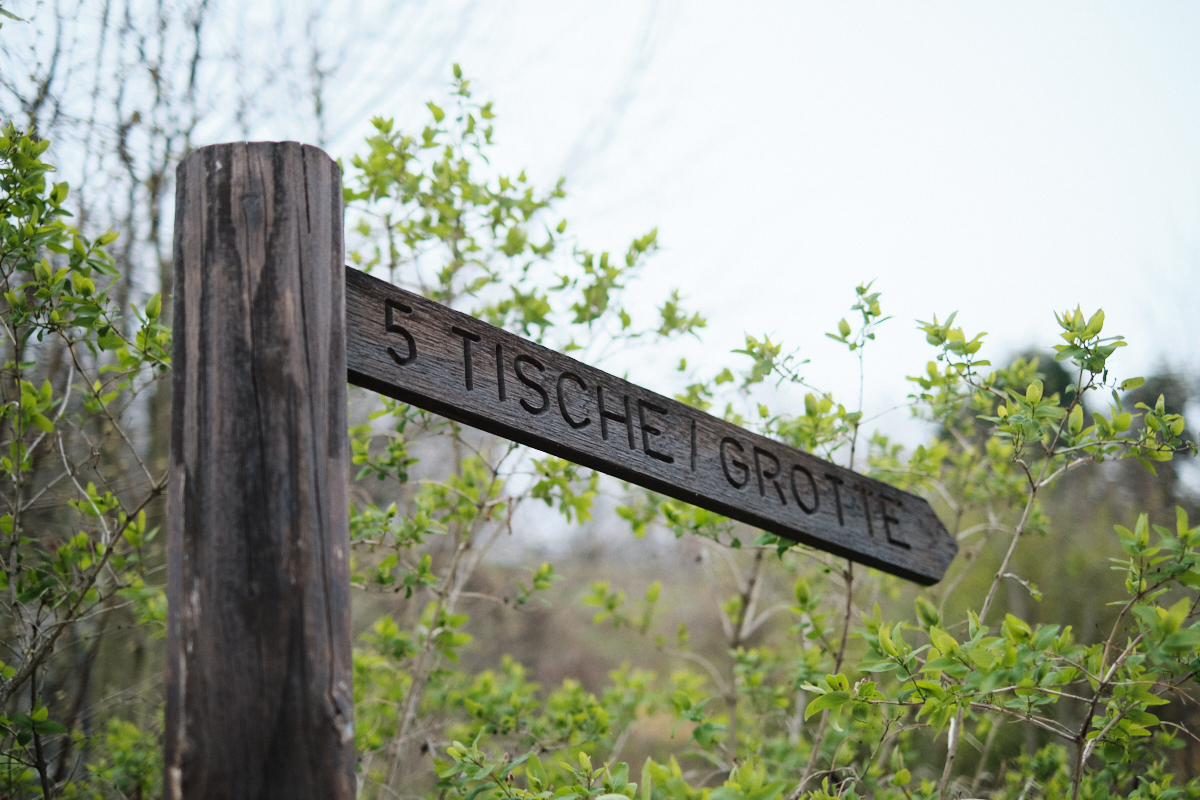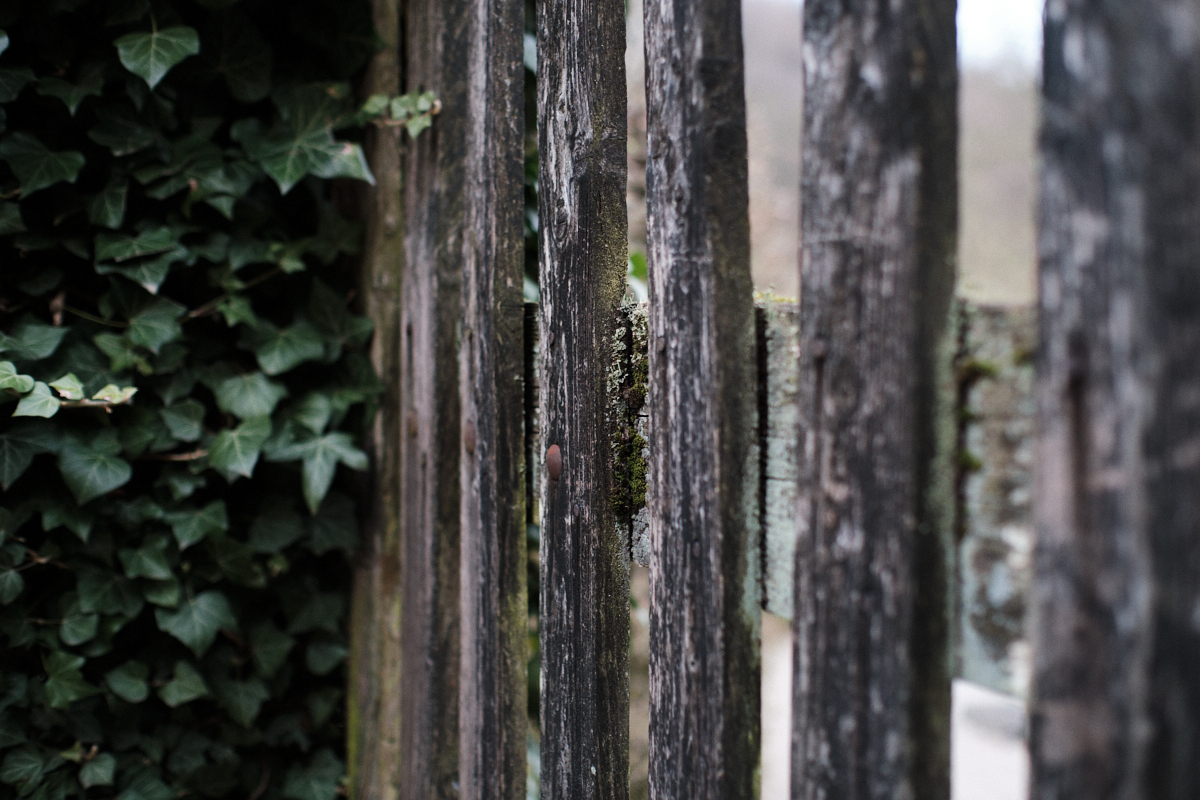The Fürstenlager (prince’s camp) on the Bergstraße route, the place where a noble family from Darmstadt used to spend the warm months of the year, is one of the most beautiful landscape gardens in Germany – not despite, but rather because of its special exotic, steep and sublime details.
At the end of the 18th century the French people became convinced: Their queen had finally gotten completely crazy. Marie Antoinette has always had unconventional ideas, but now the monarch obsessed with luxury began to play the farmer’s wife. In the Gardens of Versailles, she had an idealized village erected—with a dairy and a mill. And on the Bergstraße route? A similar idea was born: The Landgrave Louis X of Hesse-Darmstadt was, just like Marie Antoinette, in search of a place that was far away from the usual court ceremonial. It was most convenient that the noble family had owned beautiful grounds in Auerbach for a while, which were to be called Fürstenlager (prince’s camp) in the vernacular: several hectares large, with a mineral spring in its middle and with lots of space for ideas that were modern in those days.

The Landgrave Louis X of Hesse-Darmstadt was in search of a place that was far away from the usual court ceremonial.
Which were these ideas? Nobody knows them better than Stefan Jagenteufl. This morning, the over 200-year-old star magnolia in front of the manor house is in full blossom—so splendidly that it bewitches you. One of the many woodpeckers pecks about, a water fountain splashes. This is how peaceful and sublime this simple, steep piece of land must have appeared back then to the noble family from Darmstadt. “Towns used to smell of cloaca. They were longing for summer holiday,” says Stefan, who has managed the Fürstenlager in Bensheim-Auerbach as well as the Prinz-Georg-Garten gardens in Darmstadt since 2005 and who has a number of other occupations: he is a master in horticulture and landscape architecture as well as an inventor and manager of events, curator of monuments and archaeobotanist.

Stefan Jagenteufl has managed the Fürstenlager in Bensheim-Auerbach as well as the Prinz-Georg-Garten gardens in Darmstadt since 2005.
About 100 years before Louis turned the grounds in Auerbach into an English landscape garden, it was already known that there was a mineral spring here. A health resort was installed, however, the Fürstenlager never became a noble spa: “The quality of the water was too changeable,” says Stefan while water drips in barely noticeable quantities out of the plain, sandstone ‘health spring’ in front of him. The spring is the heart of the artificial village complex with its 14 buildings, which the prince had erected. While Marie Antoinette liked to spend her nights in the luxurious little castle Trianon next to her model village, the noble family from Darmstadt was really residing here. Outdoors. But not foregoing certain convenience—provided by fish-farming, the elegant manor house and a confectioner’s. Foregoing, however, too much of a ceremonial: “Everything here breathes peace and rural quiet,” Carl Friedrich Mosch praised the Fürstenlager in a spa guide in 1820. “There is no etiquette here, no constraint.”















